LOVE ROCKET DOWNRANGE? SUPPORT THE PROJECT AND STAR ON GITHUB 7
How do we get to Space?
Modern Marvels
Active Vehicles
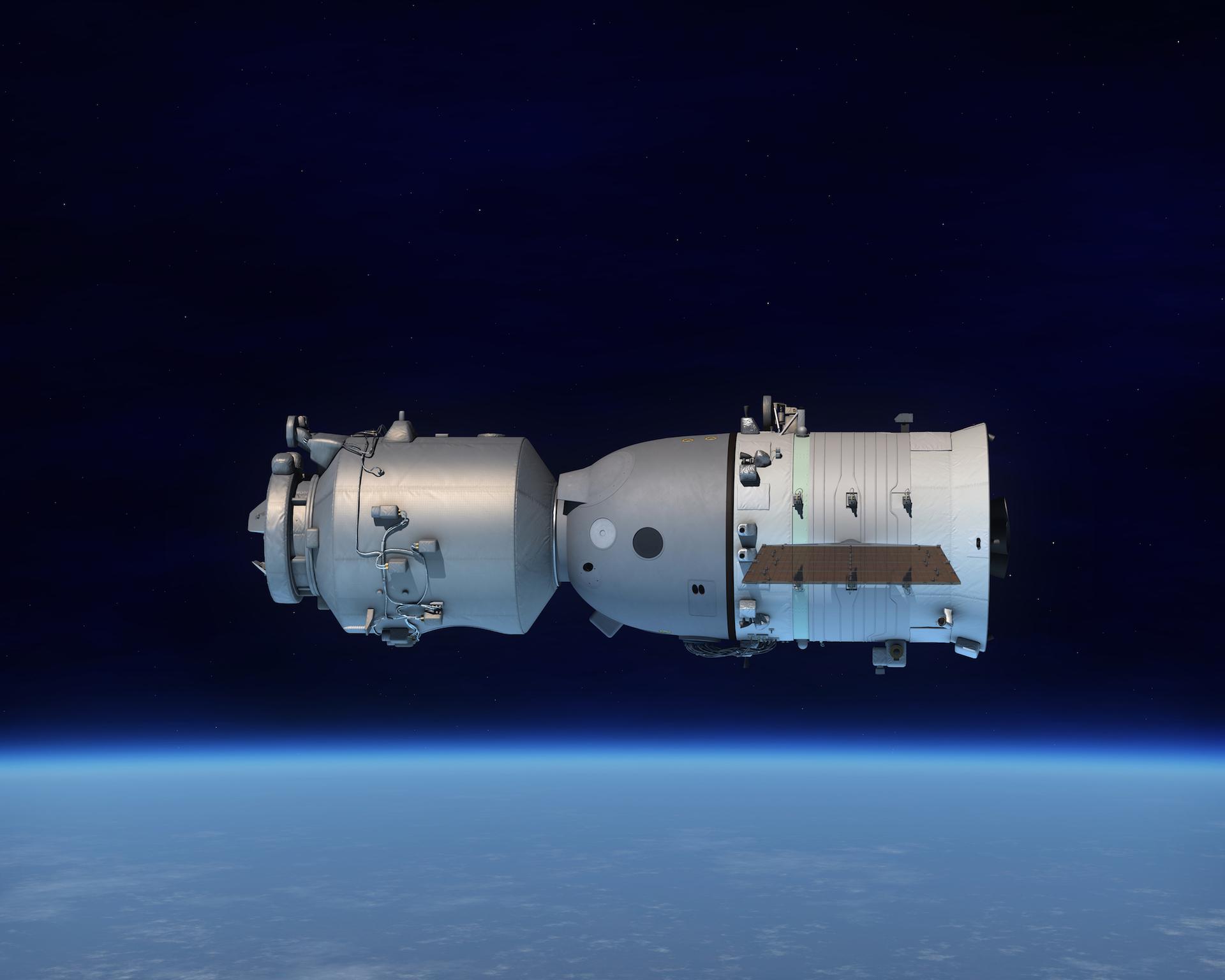
Shenzhou 22
China National Space Administration
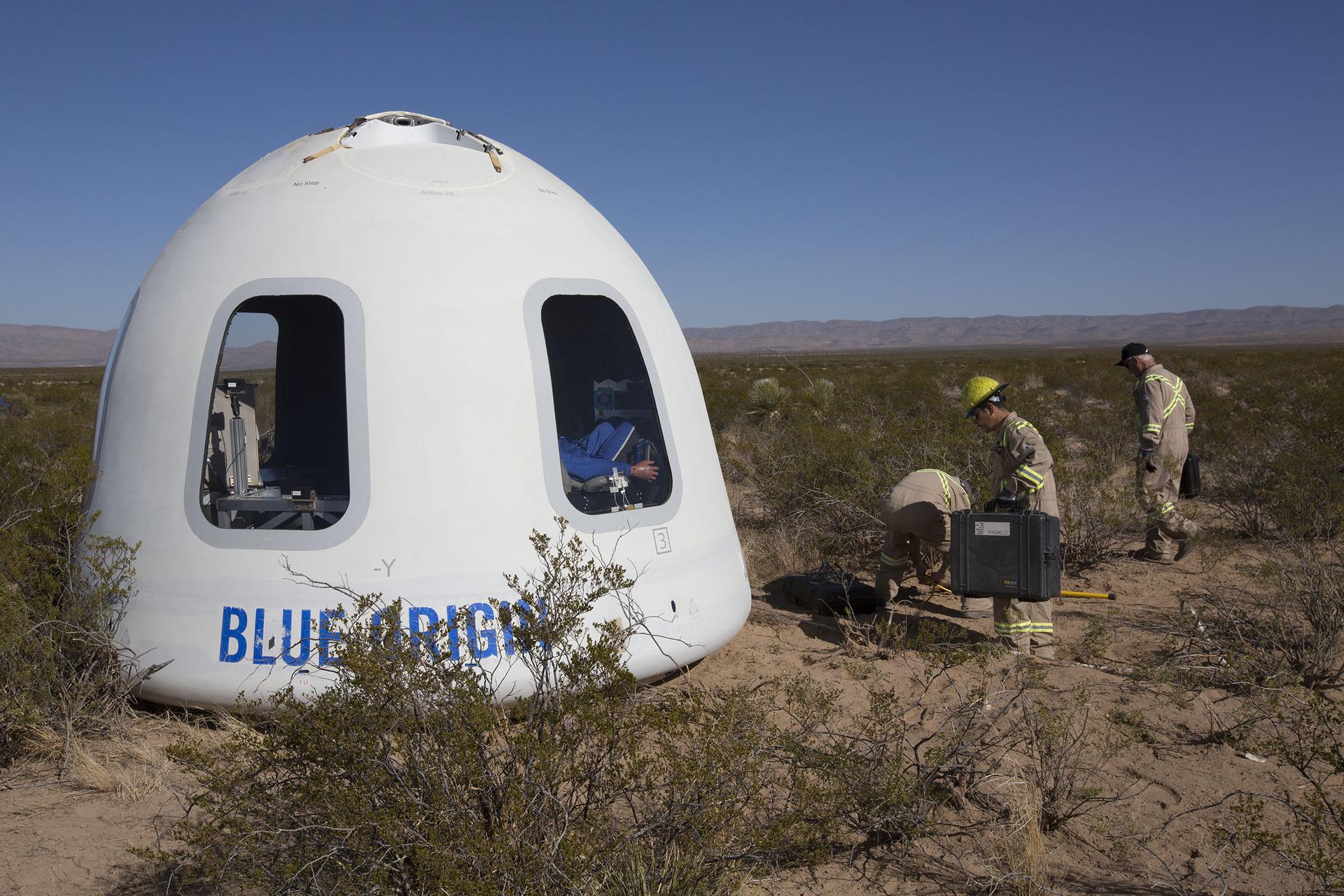
RSS First Step
Blue Origin
Chinese reusable experimental spacecraft
China Aerospace Science and Technology Corporation
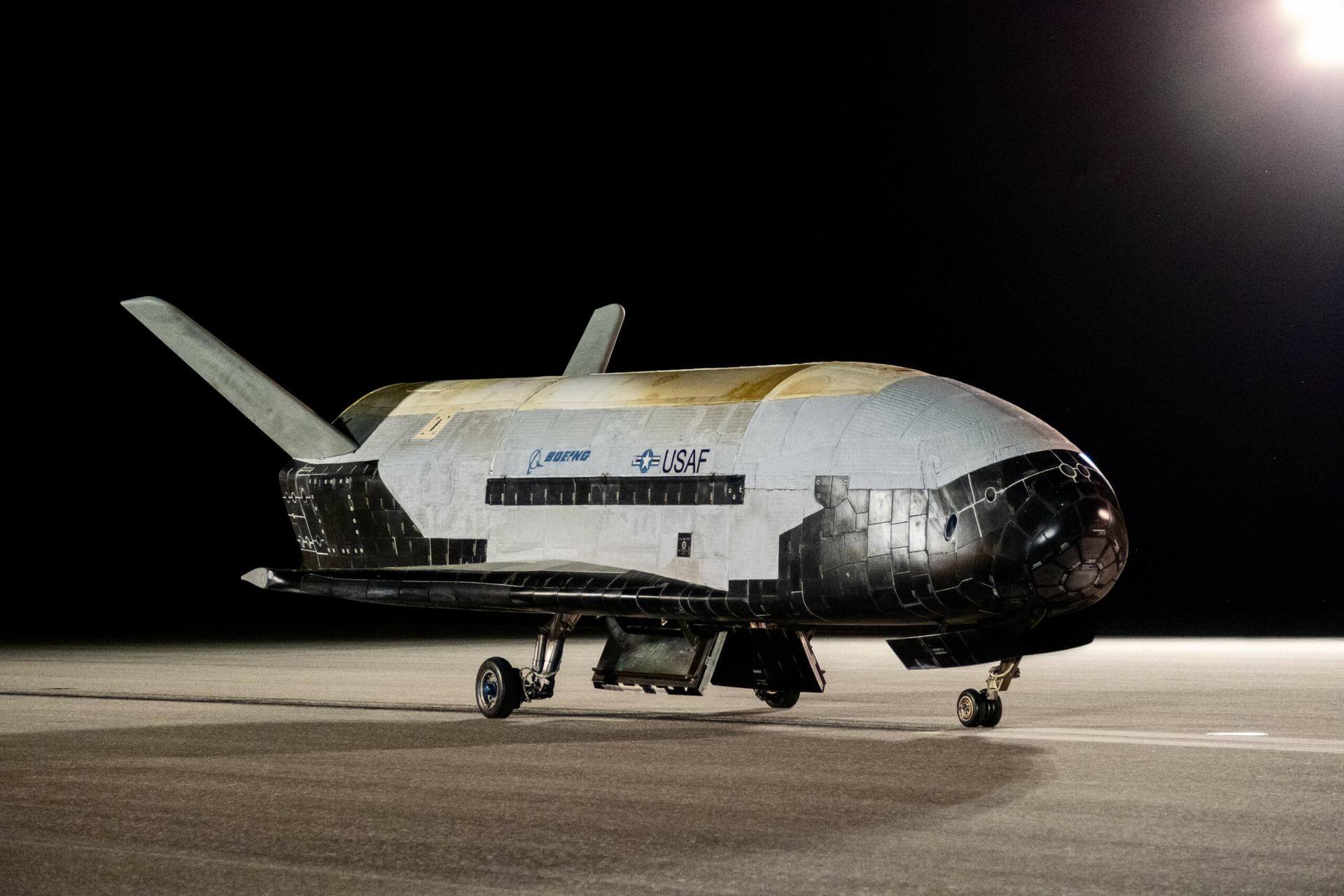
X-37B 1
Boeing
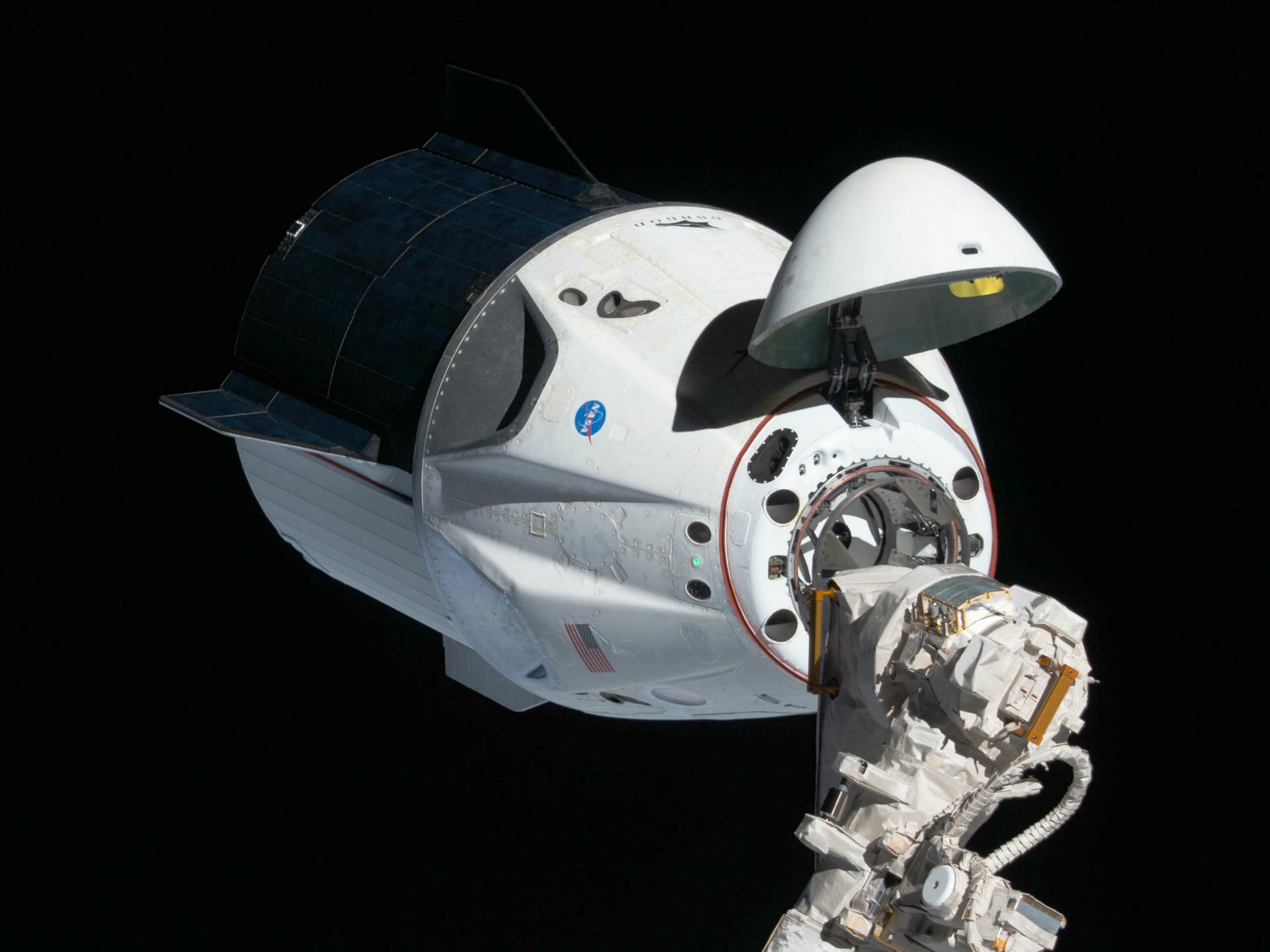
Crew Dragon Grace
SpaceX

Unknown RSS
Blue Origin

Shenzhou 19
China National Space Administration

Crew Dragon Freedom
SpaceX

Crew Dragon
SpaceX
HTV-X1
Japan Aerospace Exploration Agency
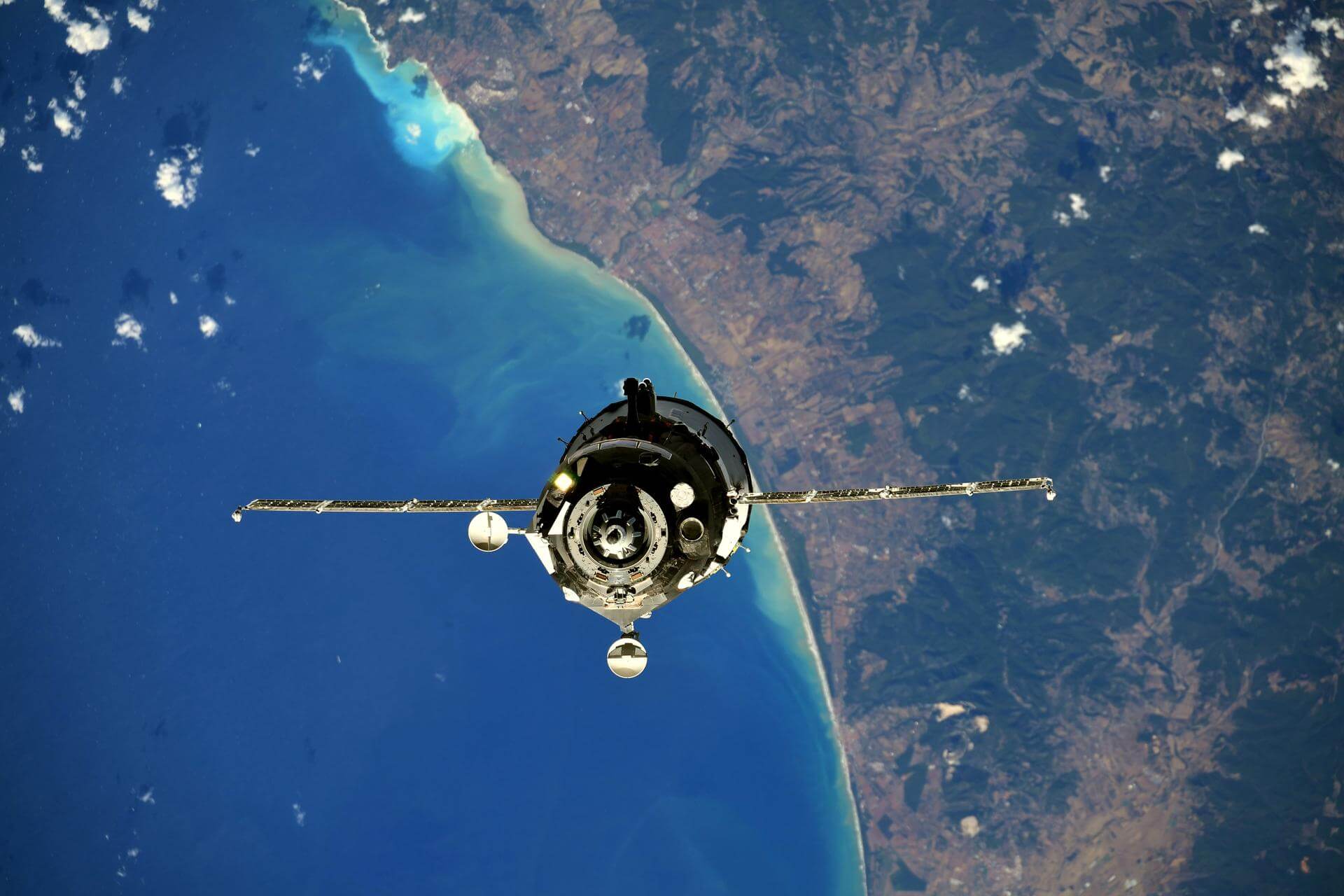
Soyuz MS-28
Russian Federal Space Agency (ROSCOSMOS)
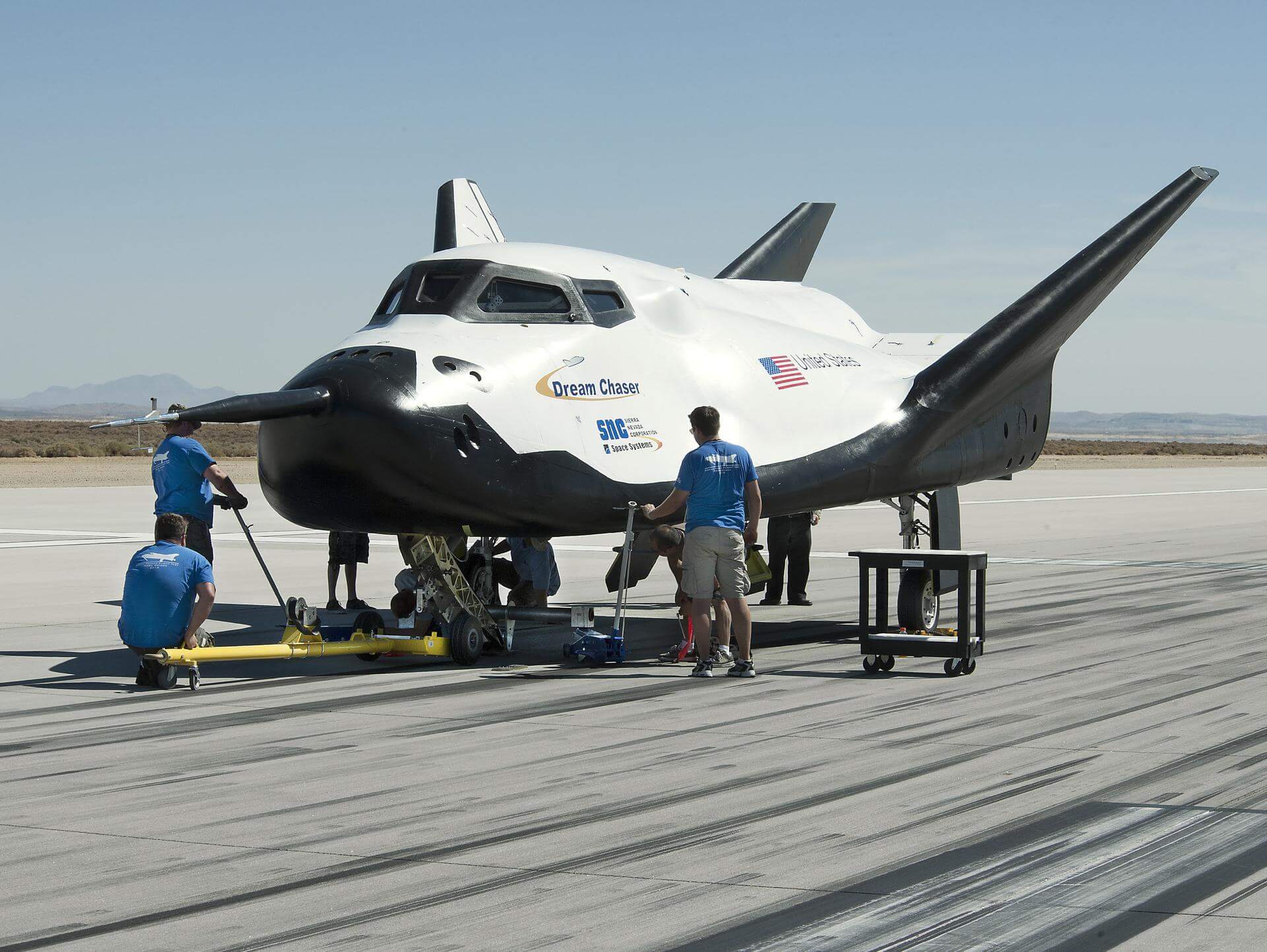
Dream Chaser Tenacity
Sierra Nevada Corporation
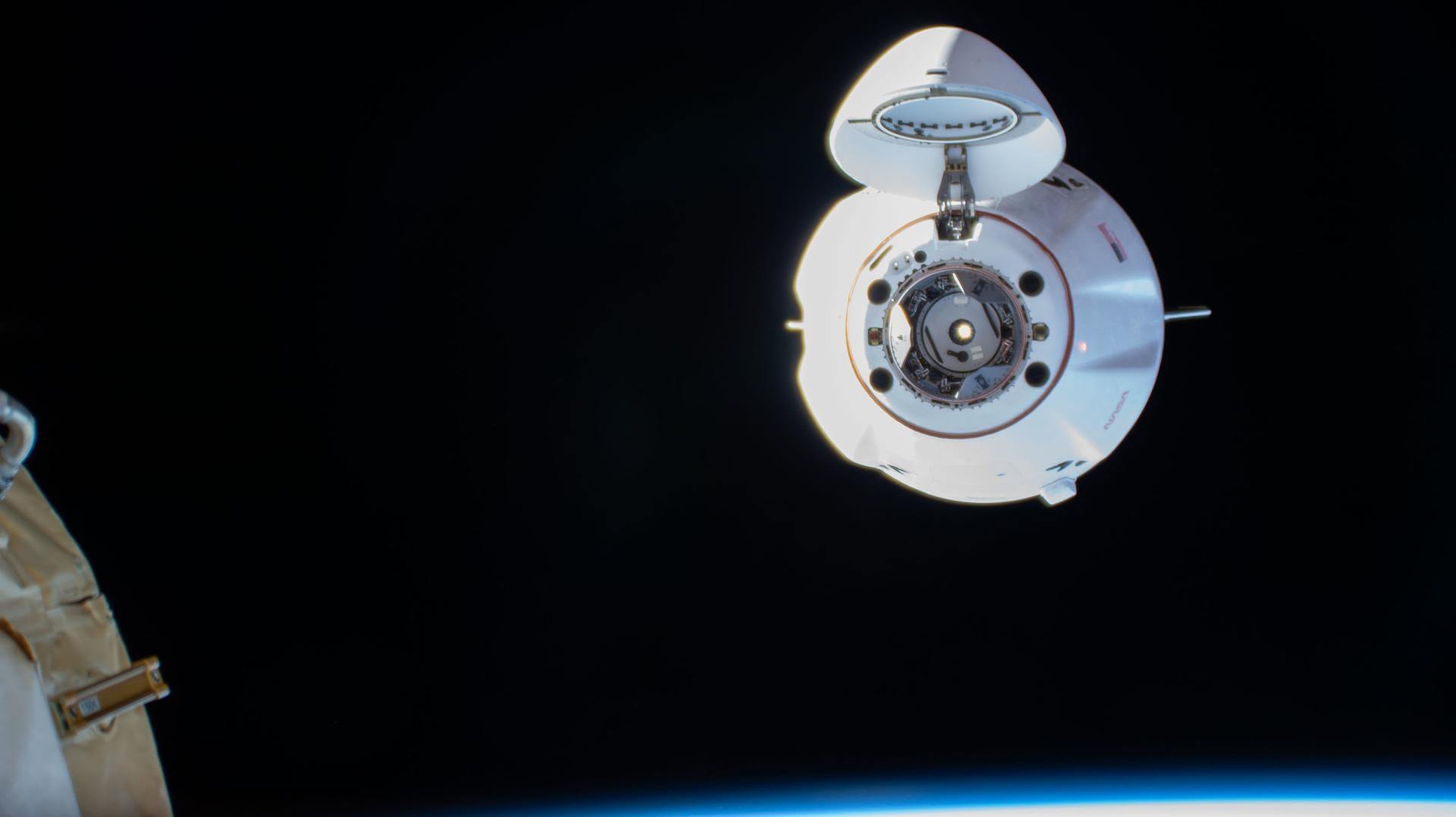
Cargo Dragon C208
SpaceX

Shenzhou 20
China National Space Administration

RSS Kármán line
Blue Origin

Soyuz MS-26
Russian Federal Space Agency (ROSCOSMOS)

Cargo Dragon C211
SpaceX

Cargo Dragon C209
SpaceX
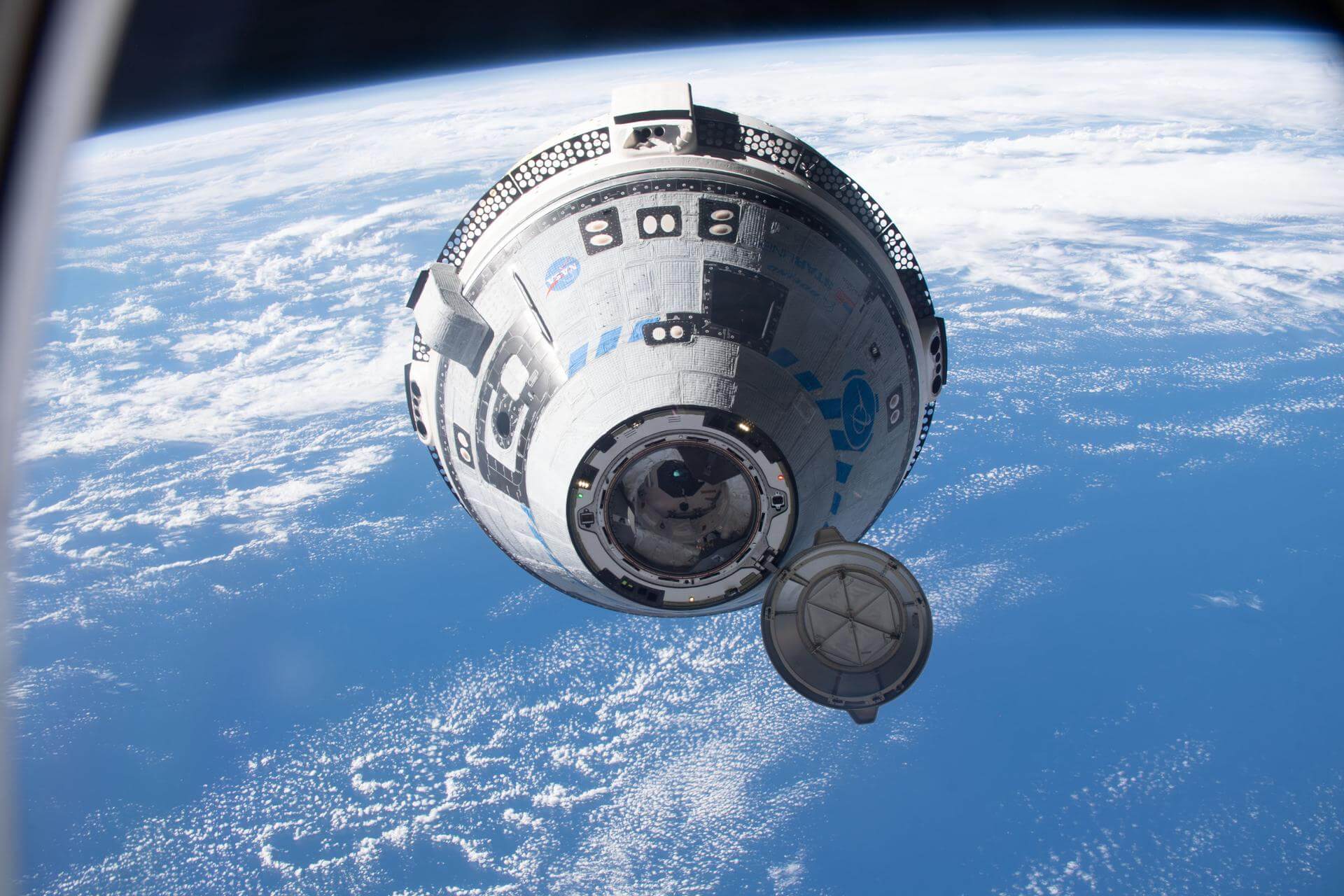
Starliner Calypso
Boeing

Starliner 2
Boeing

Cargo Dragon
SpaceX
API Data brought to you by The Space Devs
Anyone who sits on top of the largest hydrogen-oxygen fueled system in the world, knowing they’re going to light the bottom, and doesn’t get a little worried, does not fully understand the situation.
Historical Workhorses
Inactive Vehicles
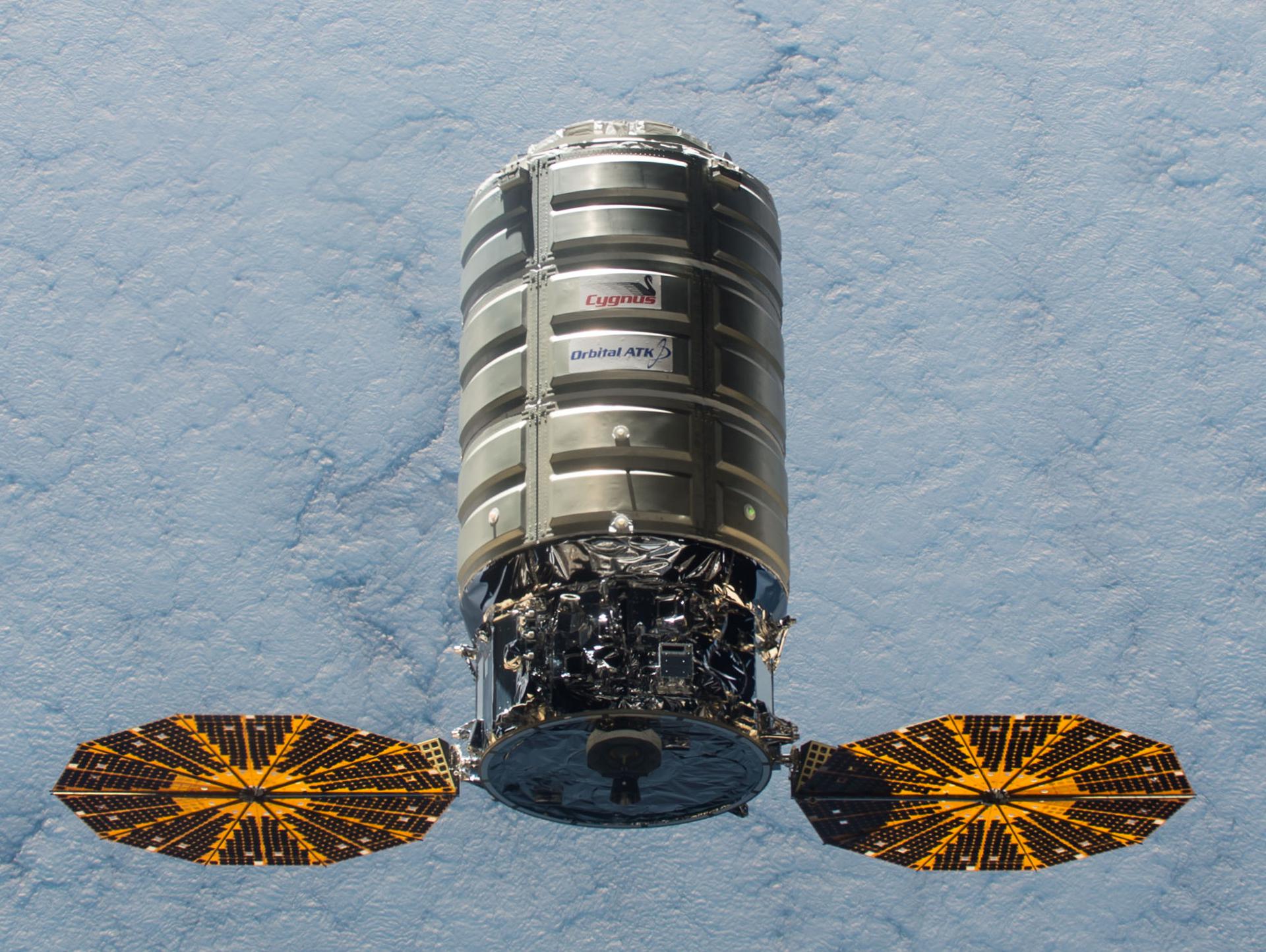
Cygnus CRS OA-9E
Northrop Grumman Space Systems

Cygnus CRS OA-4
Northrop Grumman Space Systems

Cygnus CRS OA-5
Northrop Grumman Space Systems
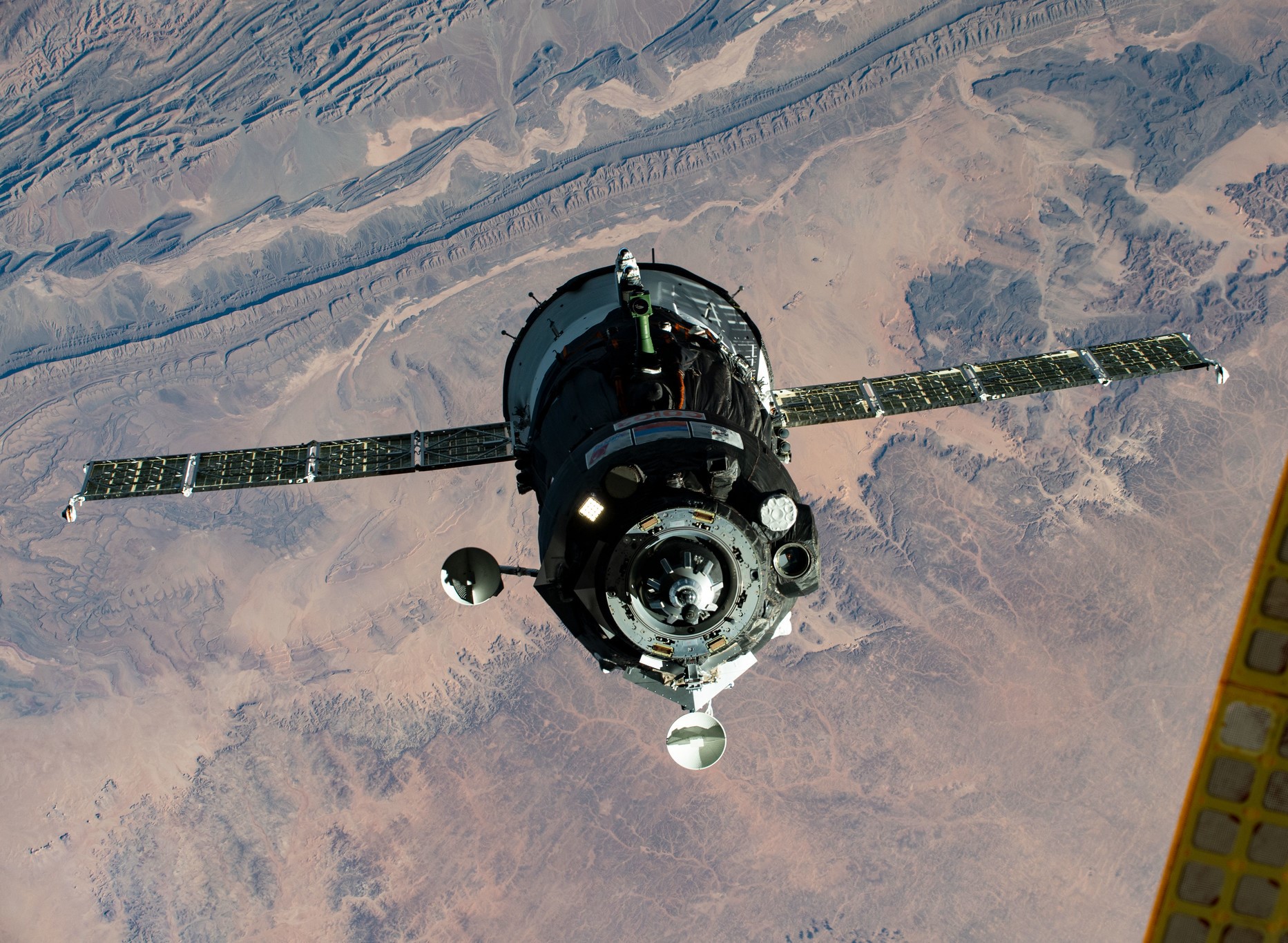
Soyuz 6
Russian Federal Space Agency (ROSCOSMOS)
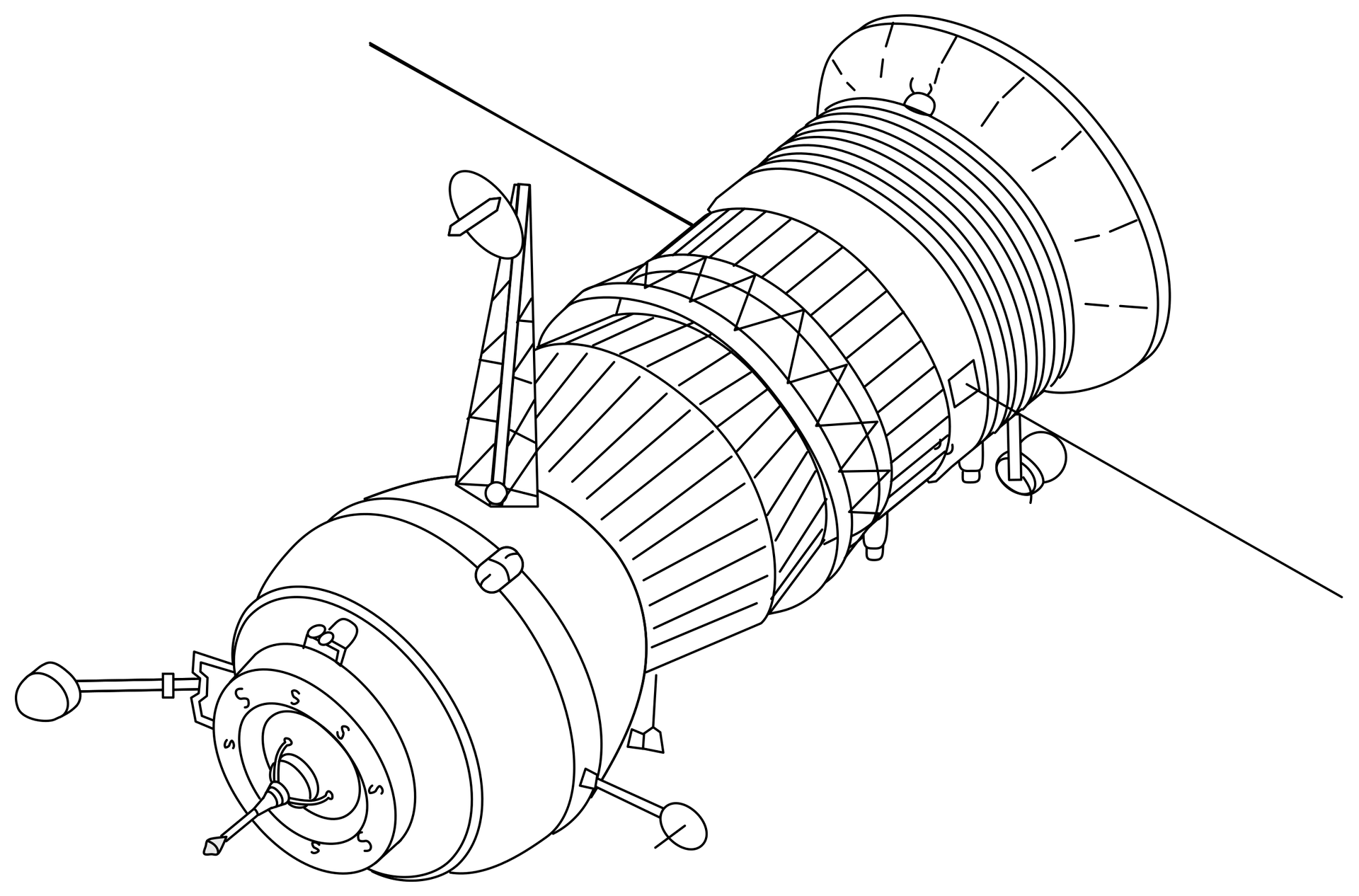
Progress M-MIM2
Russian Federal Space Agency (ROSCOSMOS)

Cygnus NG-10
Northrop Grumman Space Systems
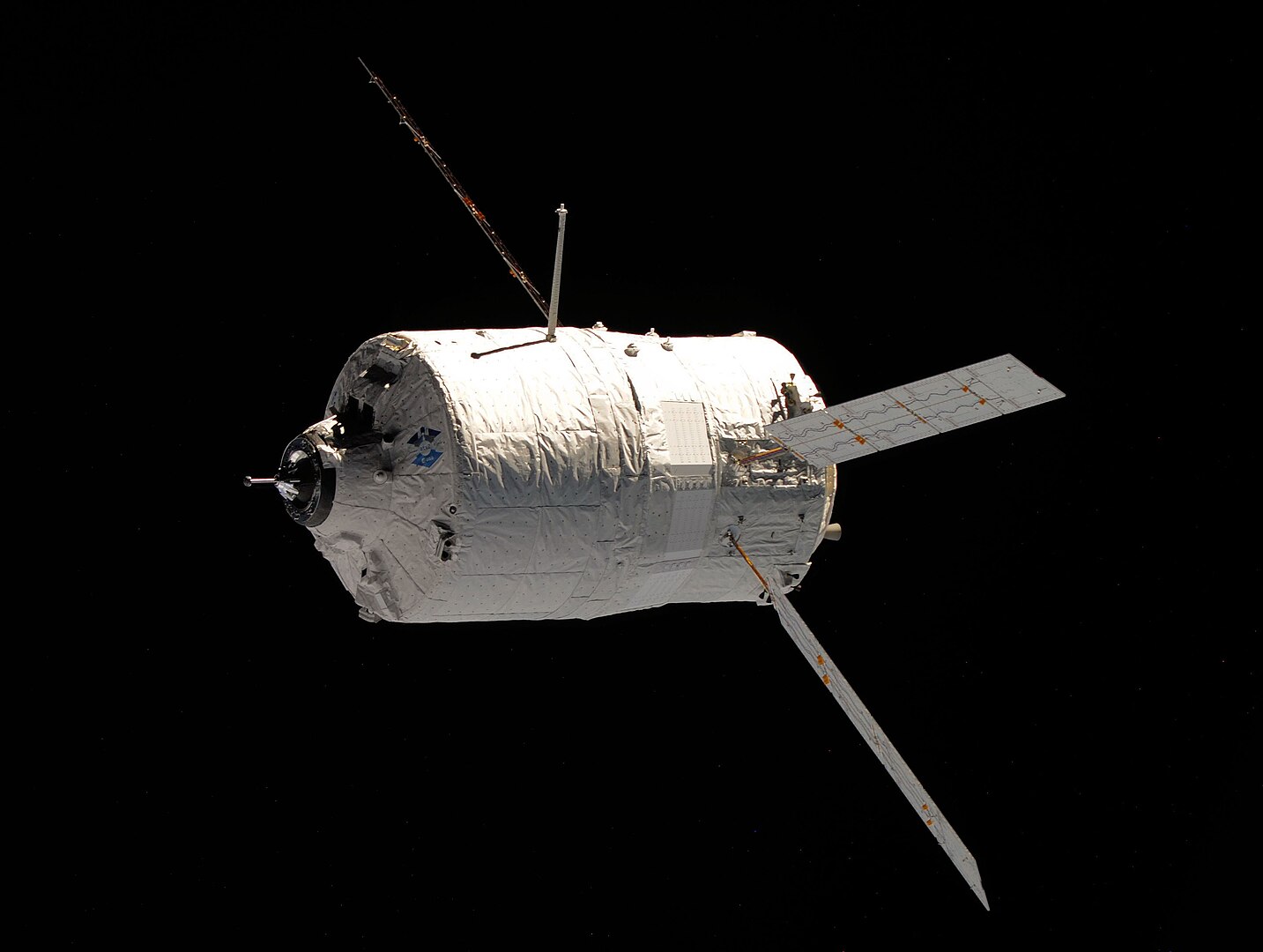
Albert Einstein ATV
Arianespace
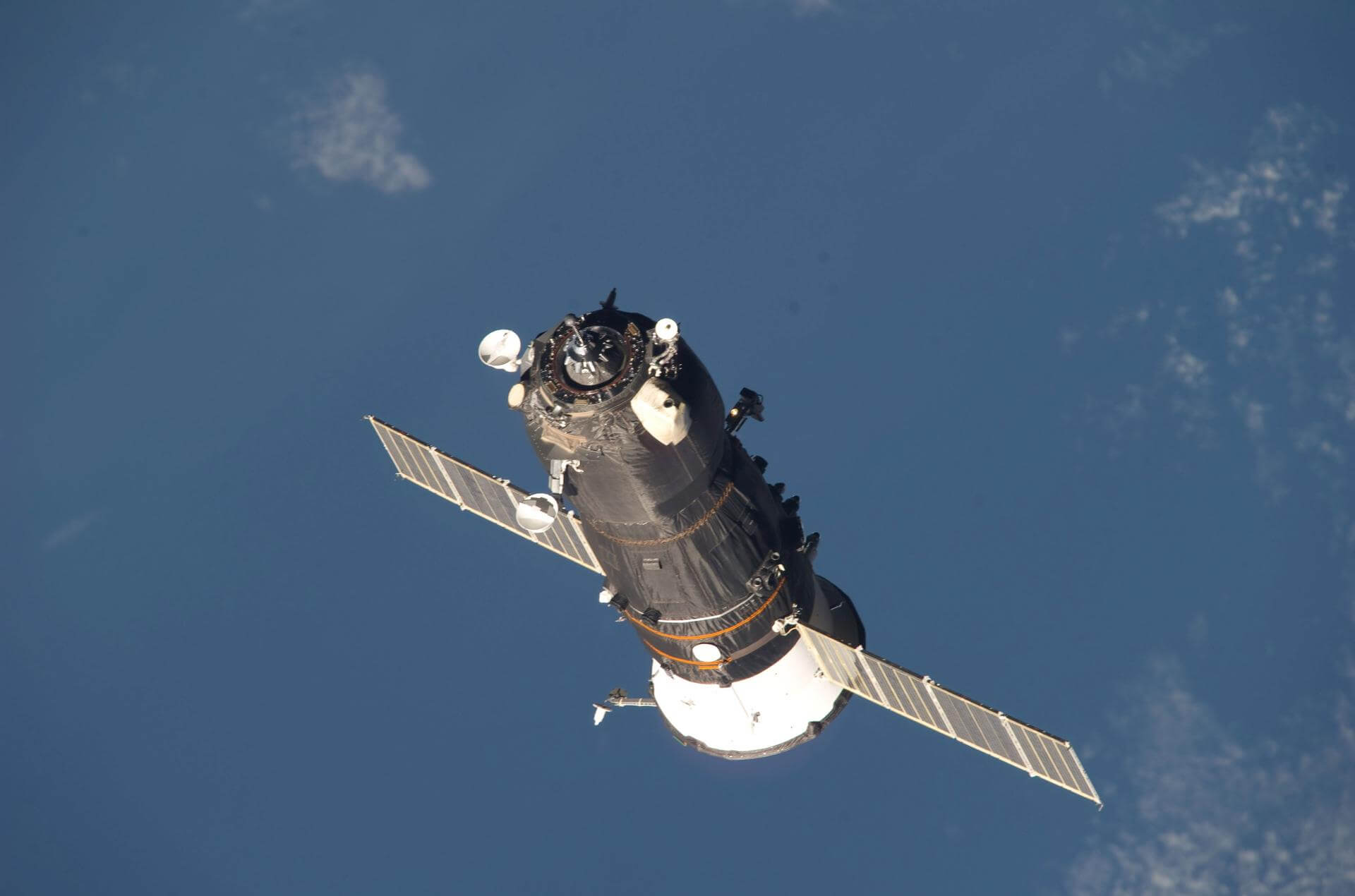
Progress M-28M
Russian Federal Space Agency (ROSCOSMOS)

Progress M-25M
Russian Federal Space Agency (ROSCOSMOS)
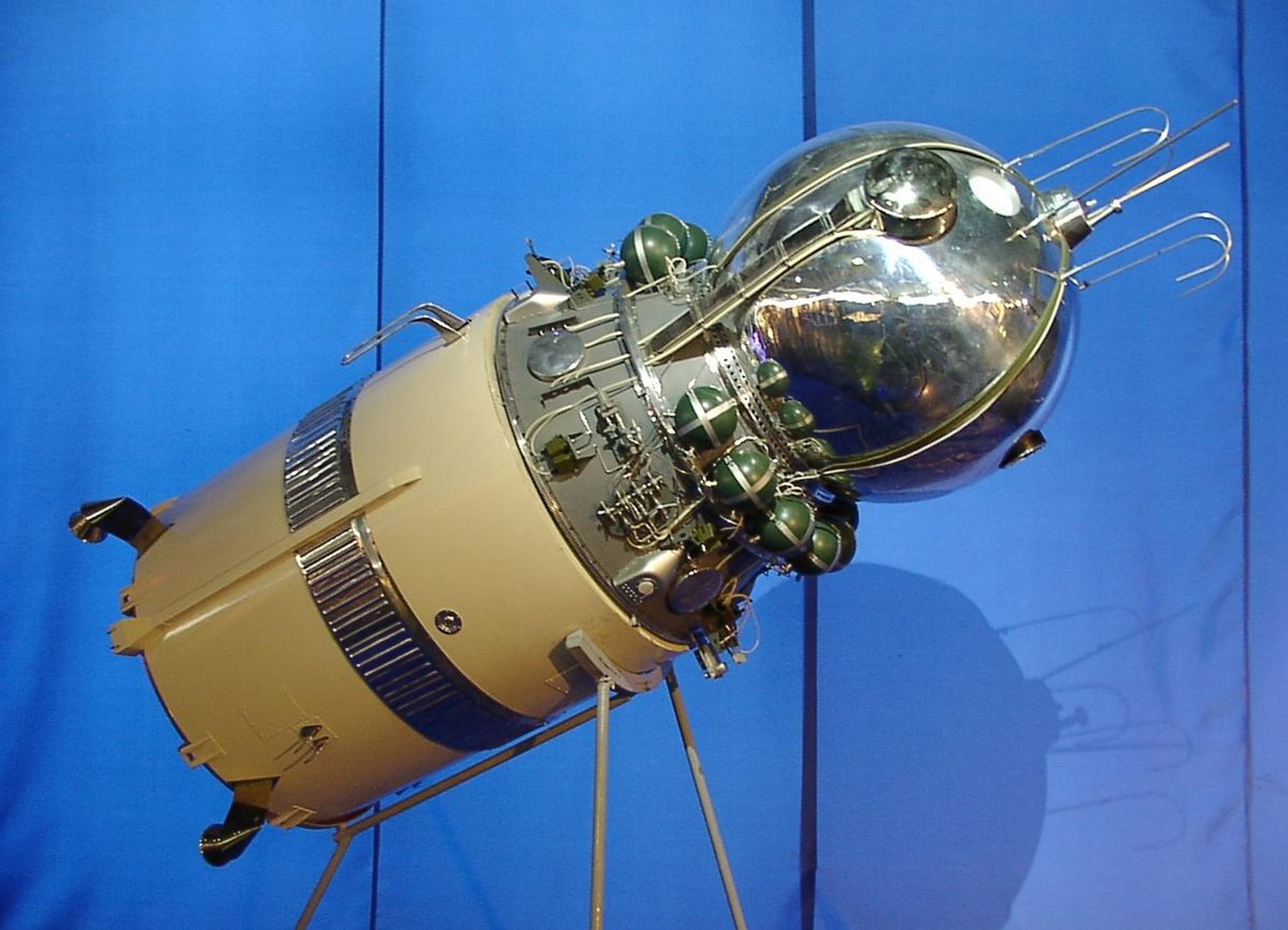
Vostok-3KA No.8
Russian Federal Space Agency (ROSCOSMOS)

Cygnus CRS OA-7
Northrop Grumman Space Systems
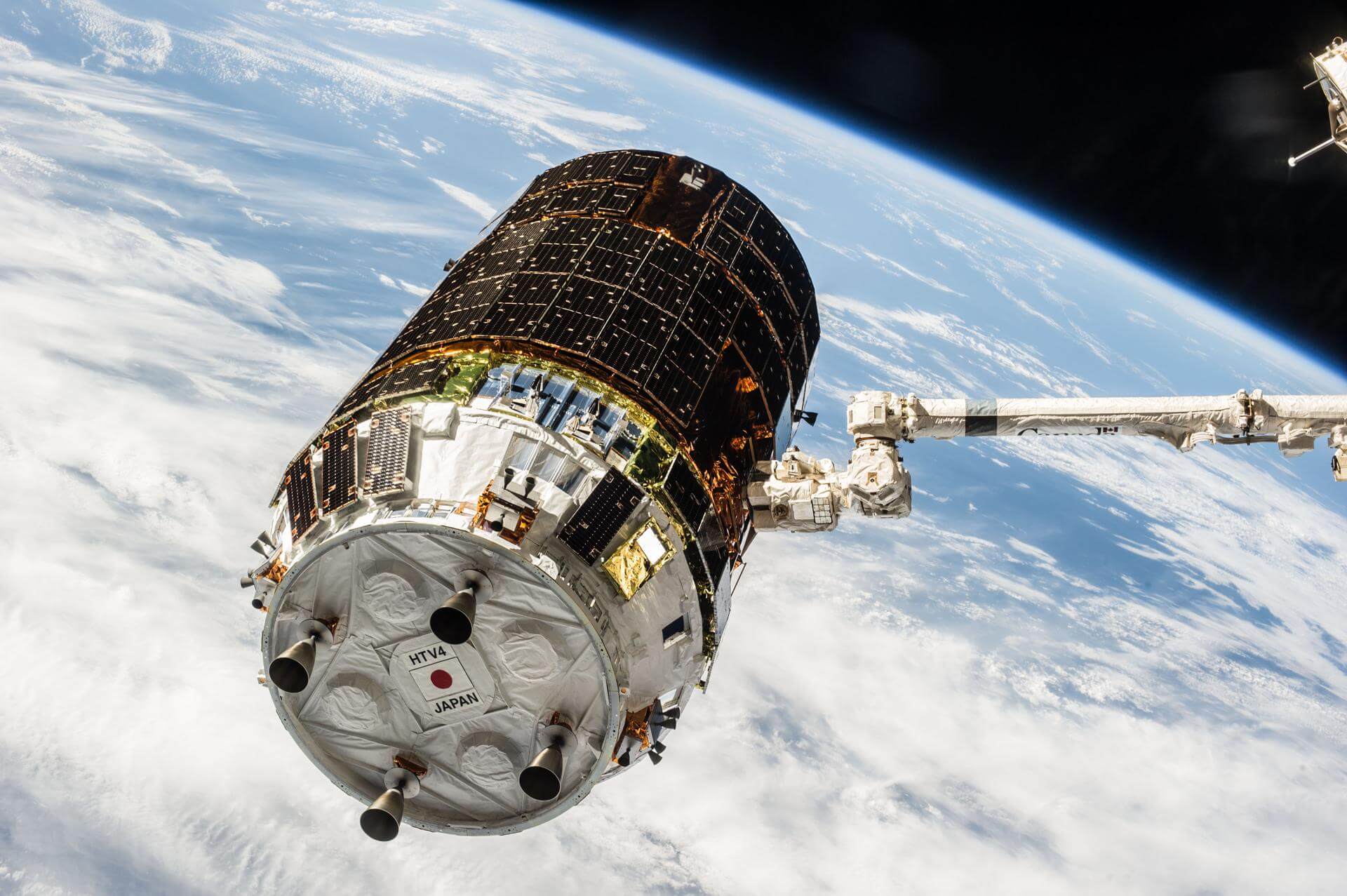
HTV Technical Demonstration Vehicle
Japan Aerospace Exploration Agency

Soyuz 20
Russian Federal Space Agency (ROSCOSMOS)

Vostok-1K No.2
Russian Federal Space Agency (ROSCOSMOS)
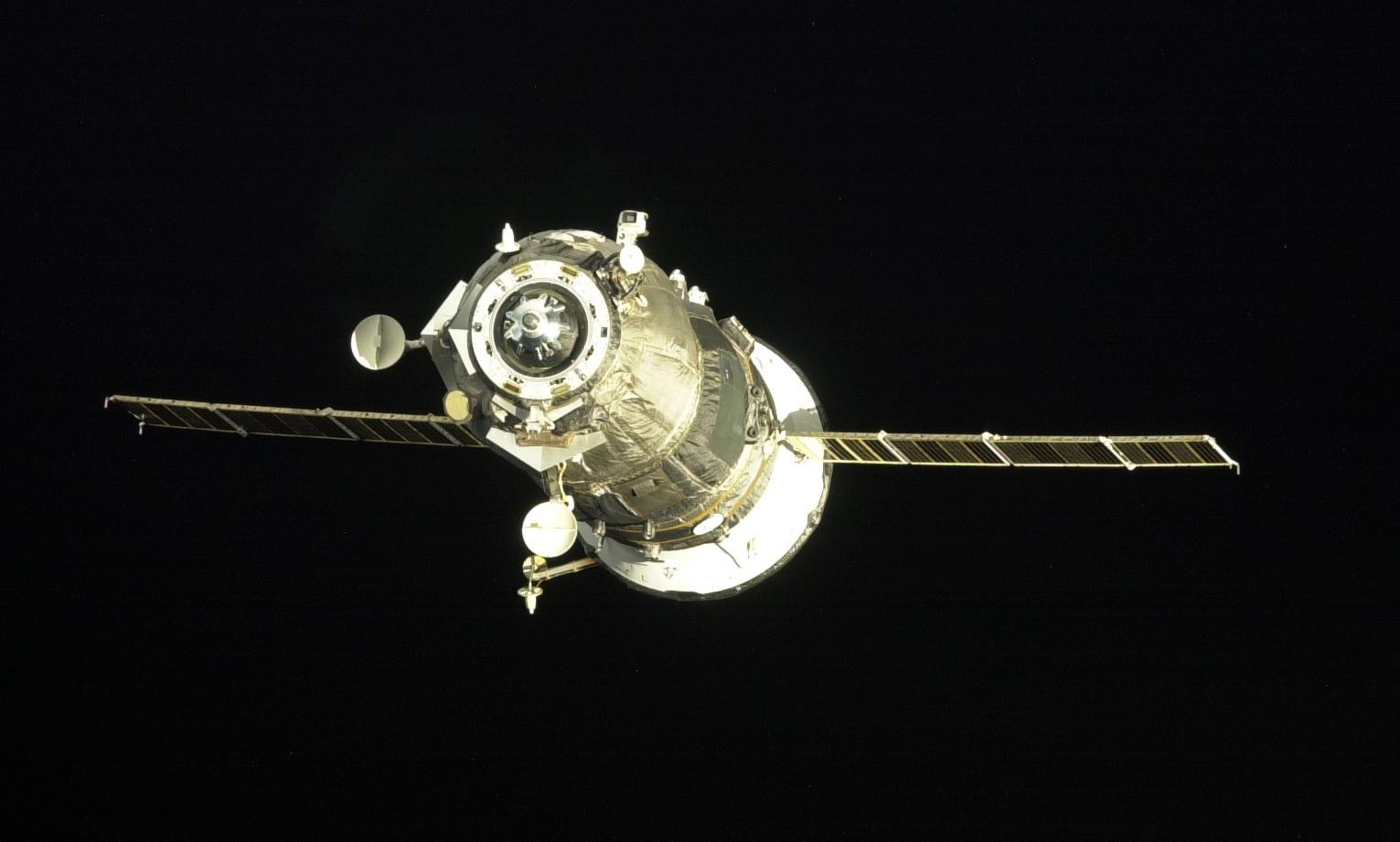
Progress M-54
Russian Federal Space Agency (ROSCOSMOS)

Kounotori 4
Japan Aerospace Exploration Agency

Progress M-16M
Russian Federal Space Agency (ROSCOSMOS)

Progress M-19M
Russian Federal Space Agency (ROSCOSMOS)

Progress M-12M
Russian Federal Space Agency (ROSCOSMOS)

Progress M-67
Russian Federal Space Agency (ROSCOSMOS)

Progress M-58
Russian Federal Space Agency (ROSCOSMOS)
API Data brought to you by The Space Devs
Let’s face it, space is a risky business. I always considered every launch a barely controlled explosion.
Vehicles Lost in Flight
In Memoriam
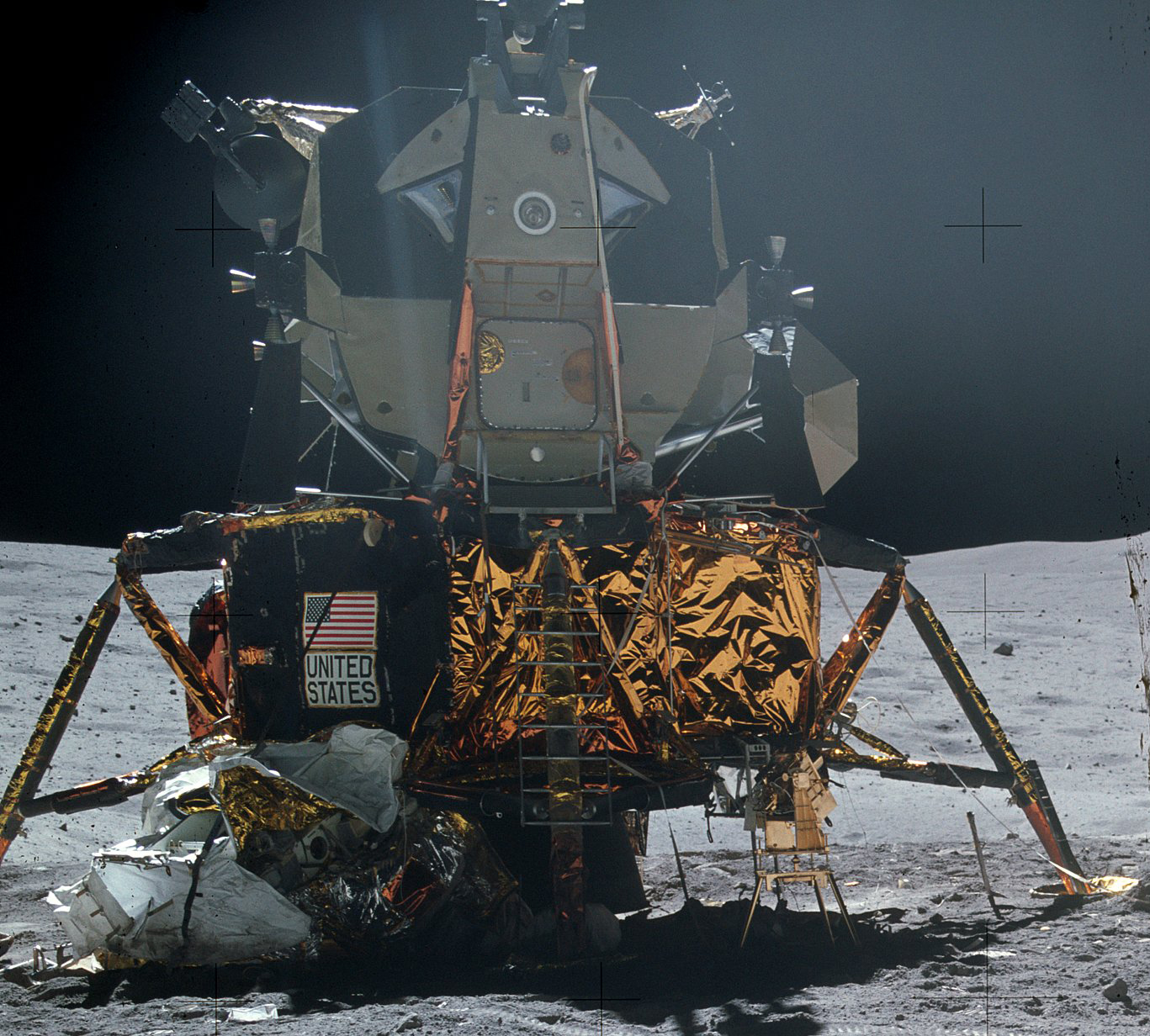
LM Aquarius
National Aeronautics and Space Administration
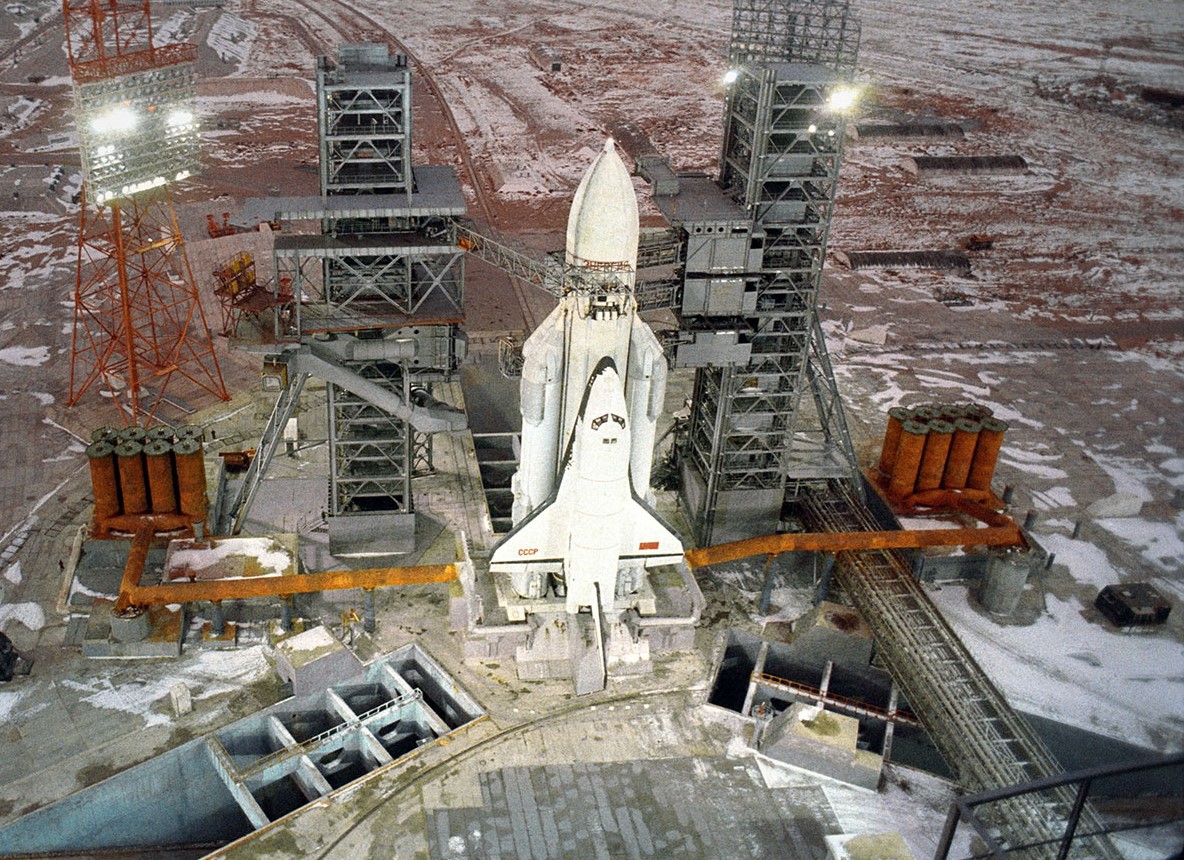
Buran OK-1K
Russian Federal Space Agency (ROSCOSMOS)
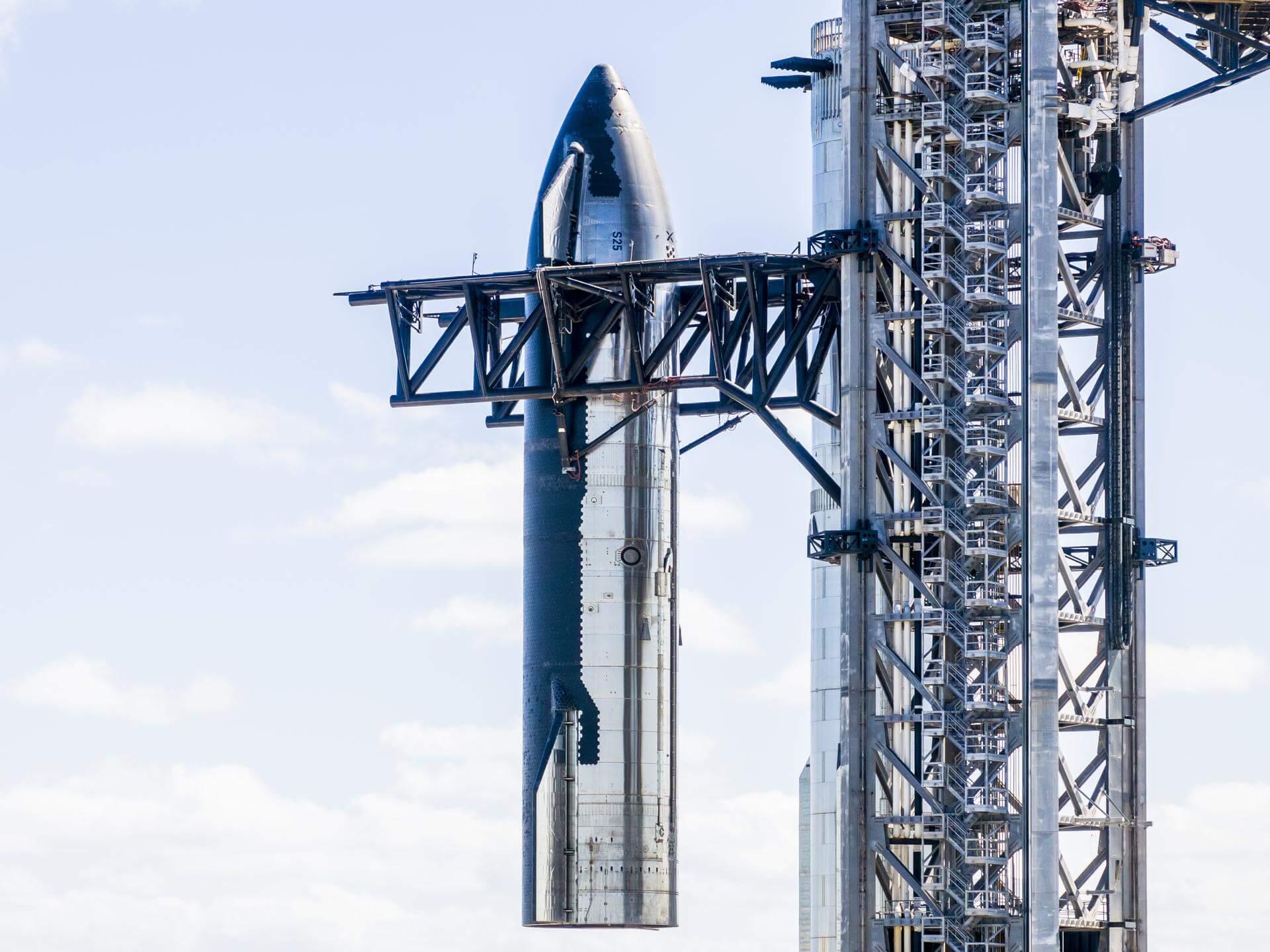
Ship 28
SpaceX

Ship 25
SpaceX

Soyuz 7K-LOK No.2
Russian Federal Space Agency (ROSCOSMOS)
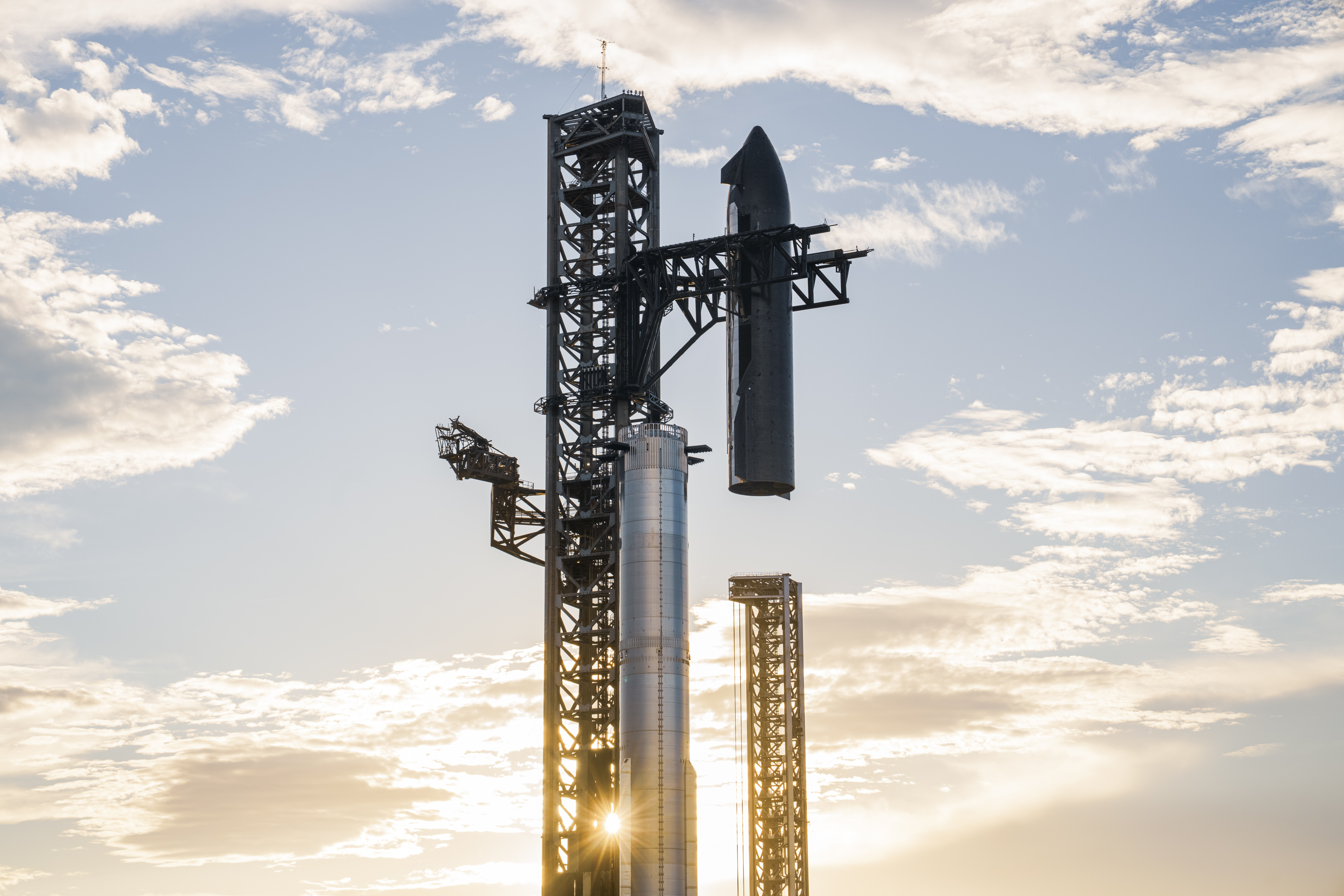
Ship 37
SpaceX

Ship 38
SpaceX

Soyuz 7K-LOK No.1
Russian Federal Space Agency (ROSCOSMOS)

Ship 35
SpaceX

Ship 36
SpaceX

LM Intrepid
National Aeronautics and Space Administration

Ship 34
SpaceX

Apollo 5 LM
National Aeronautics and Space Administration

LM Falcon
National Aeronautics and Space Administration

LM Antares
National Aeronautics and Space Administration

Soyuz 7K-L1S No.2
Russian Federal Space Agency (ROSCOSMOS)

Soyuz 7K-L1S No.1
Russian Federal Space Agency (ROSCOSMOS)
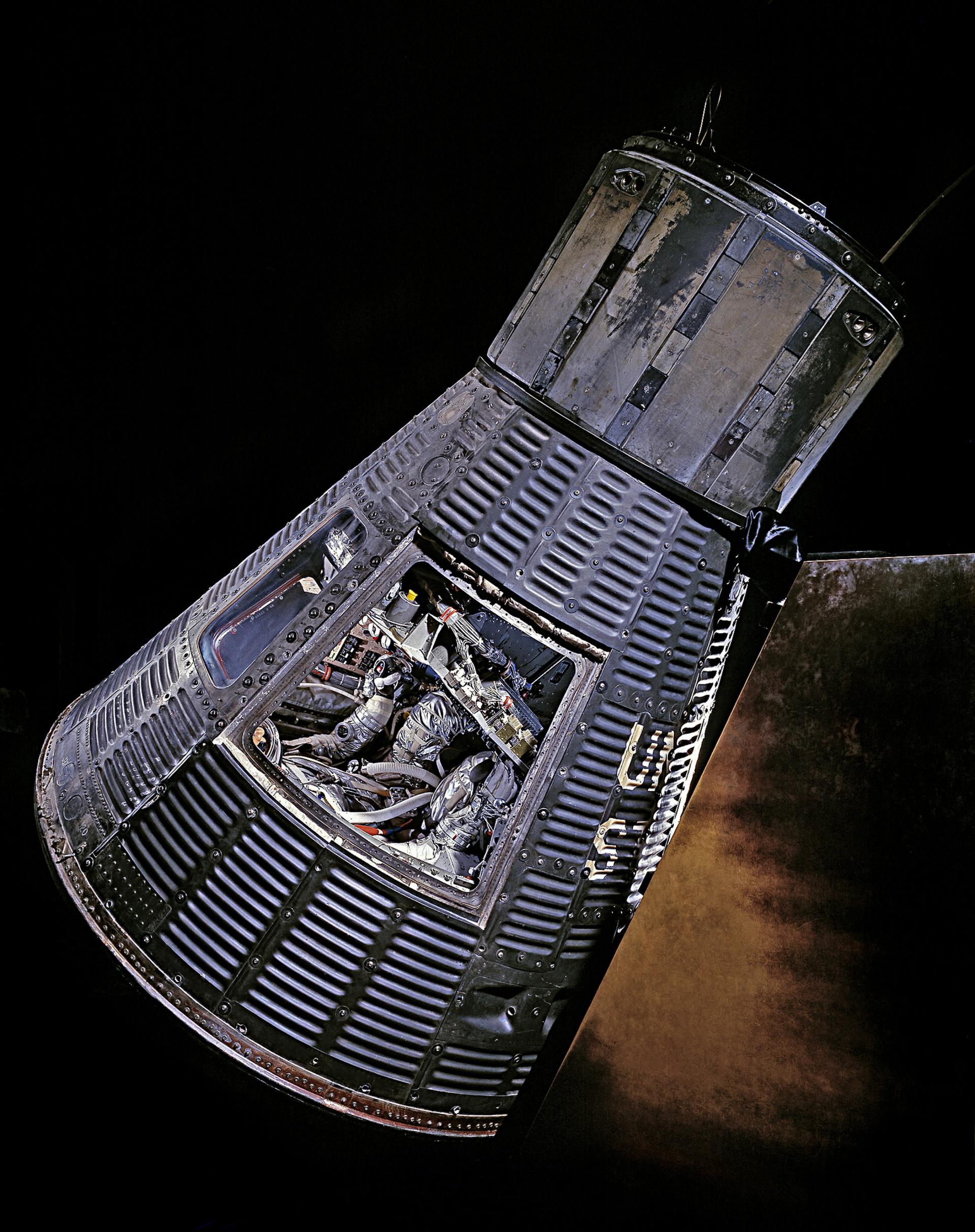
Mercury No.3
National Aeronautics and Space Administration
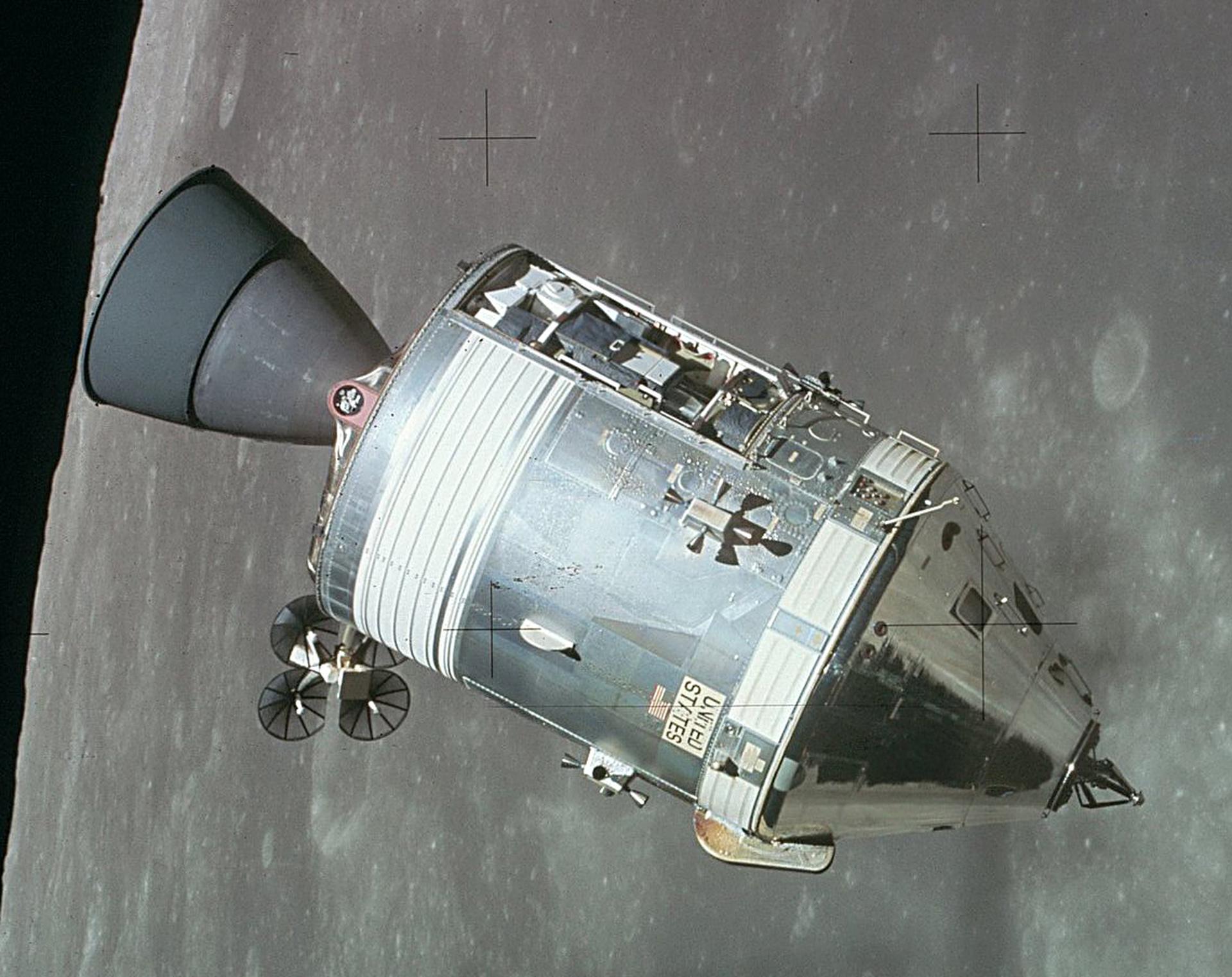
Apollo CSM-012
North American Aviation

Ship 31
SpaceX

Ship 30
SpaceX
API Data brought to you by The Space Devs
“Only since the collapse of the Soviet Union have we learned that the Soviets were in fact developing a moon rocket, known as the N1, in the sixties. All four launch attempts of the N1 ended in explosions. Saturn was the largest rocket in the world, the most complex and powerful ever to fly, and remains so to this day. The fact that it was developed for a peaceful purpose is an exception to every pattern of history, and this is one of the legacies of Apollo.”
